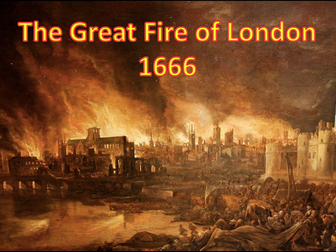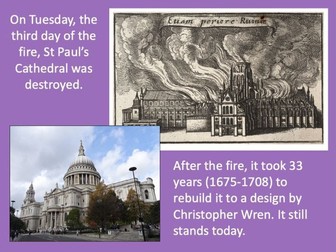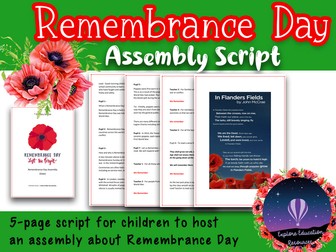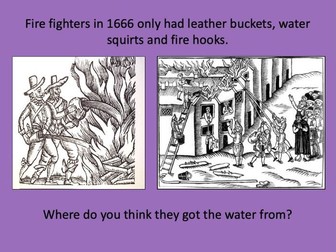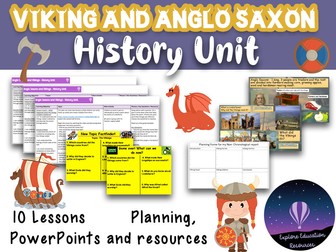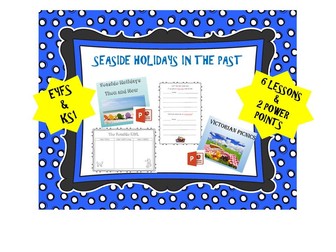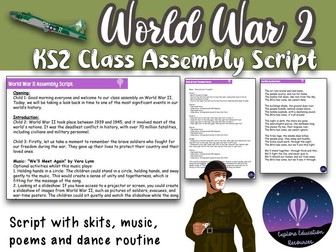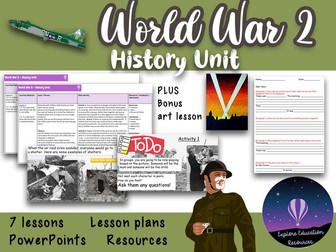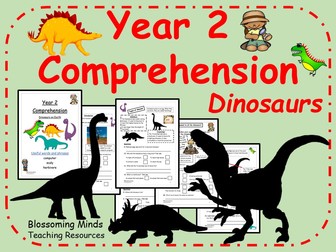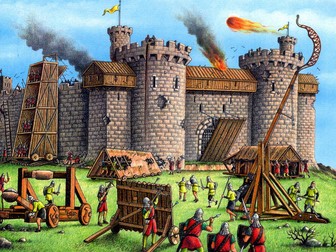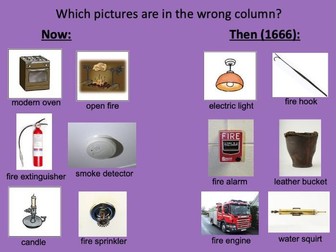Bundle

Great Fire of London - KS1
This set of resources is designed for teaching the KS1 History unit about the Great Fire of London. It is suitable for Year 2 children and more able Year 1 children.
The bundle includes all the planning, lessons and activities necessary to teach the topic. The planning can be downloaded for free here. Lessons include:
L1 - Introduction and timeline activity
L2 - Finding out about the Great Fire of London from Samuel Pepys’ diary
L3 - Sequencing the events of the Great Fire of London
L4 - Understanding why the Great Fire of London spread so quickly
L5 - Exploring how London changed after the Great Fire
L6 - Understanding how fire safety has changed since the Great Fire
Optional FREE lesson:
Unscrambling sentences about the Great Fire of London
If you like this resource, we would appreciate a review! We will happily send you a free resource in return for a review or useful suggestions/feedback. Contact us at ed@teachitforward.co.uk.
